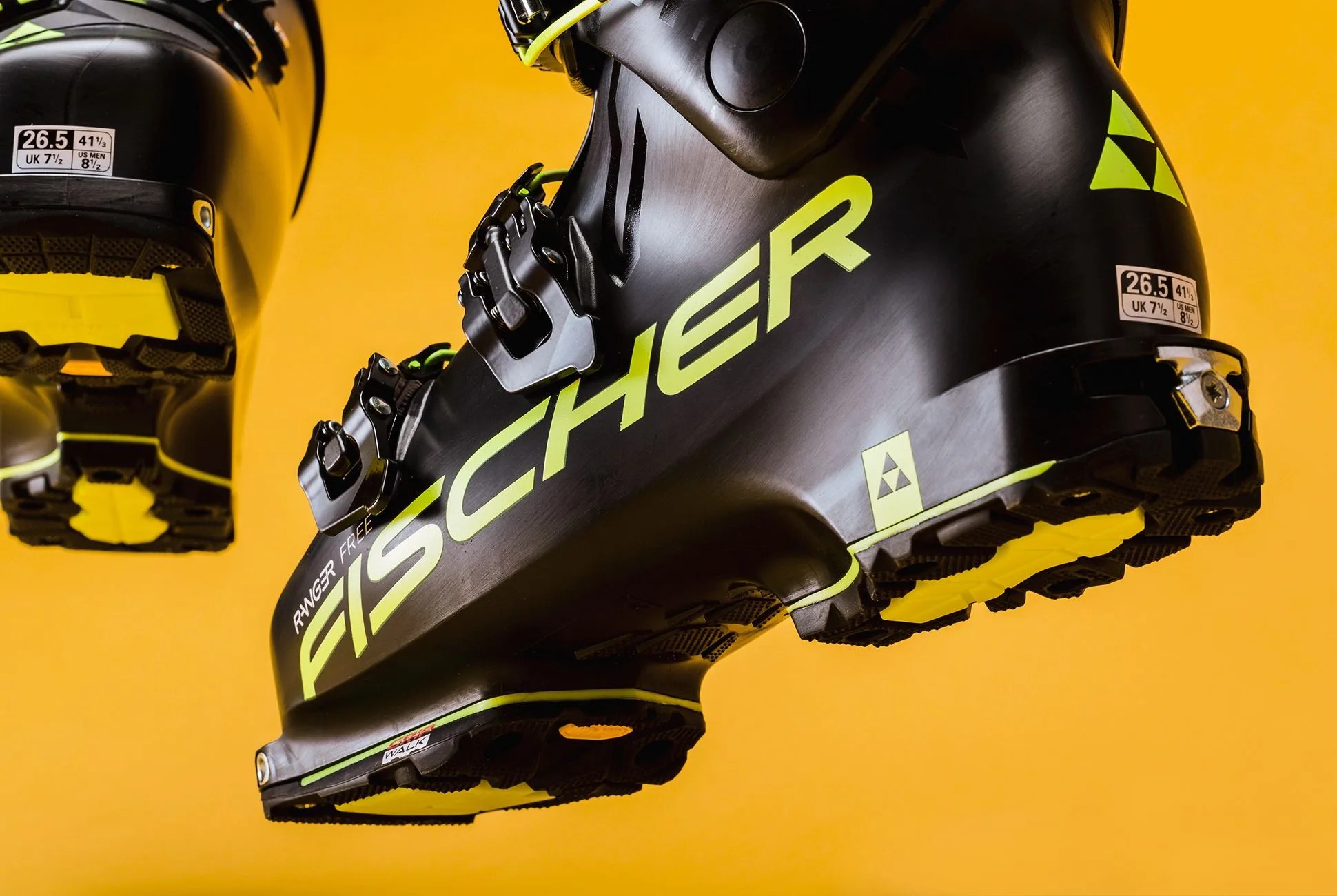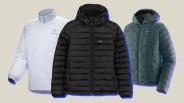I’ve said it before: skiing is an expensive sport. Absurdly so. Tickets at some resorts now cost as much as $180 for a single day of lift access (and don’t get me started on the extortionate price of french fries). The gear is expensive too, and unlike an activity such as hiking, where you can get away with wearing the jeans that you sport around town on a day-to-day basis, skiing requires highly technical equipment that you may not use for any other activity. For many, that’s reason enough to stick to the rental shop. But you should buy your own gear. And if you’re just beginning to put together your kit, start with the boots: they are the single most important piece of ski gear that you can own.
Ski boots form the bridge between the flesh of the body and the metal and wood of the ski. They used to be leather, but ever since Bob Lange began experimenting with ABS (acrylonitrile butadiene styrene) in the late fifties and early sixties, ski boots have been constructed with molded plastic. As connectors, boots allow for the unhindered transfer of power from the leg to the ski. Fit is of the utmost importance to this power transfer; without a good fit — and by good I mean close, tight, cramped, maybe even painful — you’ll never get the most out of your legs, or your skis. (And you’ll probably hate the sport, too.)
Without a good fit — and by good I mean close, tight, cramped, maybe even painful — you’ll never get the most out of your legs, or your skis.
You’ll never get a perfect fit from a rental boot. Period. Rental boots, by design, are intended to accommodate feet of all shapes and sizes. They’re designed to be comfortable. They’ll work fine for those who take to the mountains casually and infrequently, but for anyone looking to progress at skiing and to push their abilities, rental boots suck. A good fit is individualized, and that simply cannot be achieved with a boot designed for the many — you wouldn’t rent a pair of running shoes, would you? Plus, rental boots stink.
If you take this advice to heart, then your only option is to buy. And if you live in the 21st Century, you’ll likely turn to the Internet for some advice on that. This isn’t a bad idea; the web is inhabited by more than a few intelligent skiers plying gear advice through well-researched buying guides, but beware: “The Best Ski Boots of 2000-Whatever” should be used as a starting point only. As a writer of similar buying guides, I can tell you with full honesty that quality and performance take you only to a certain point before personal preference and specific needs take over. When a ski boot makes a publication’s “Best of” list, it does signify that it’s probably a great boot, but that doesn’t mean it’s right for you — those skiers/writers know their stuff, but they don’t have the same feet as you.
But who do you turn to when the Internet can’t be relied upon? If only there were a person with expert knowledge about boots and feet, conveniently located where ski equipment is sold! Enter the bootfitter. A good bootfitter is like a barber and a mechanic — the best can also stand in for most therapists — wrapped up into one individual. They know ski boots inside and out (literally) and can tailor the right one to an individual’s specific foot and skiing style.


